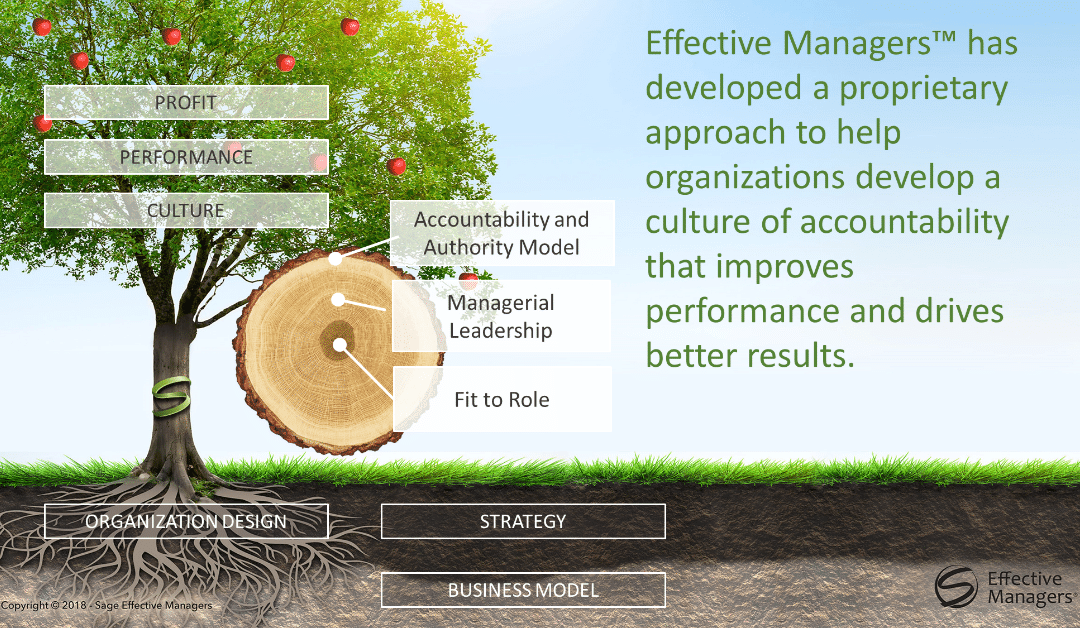Over the years, I’ve come to appreciate how much organizations resemble living systems. Much like a tree, an organization thrives when all its elements work together in harmony, drawing strength from deep roots and expanding upwards toward the light. This analogy is central to the Organizational Tree Model, a framework I’ve developed to help management consultants diagnose and enhance organizational performance.
In the upcoming webinar, “Transforming Organizations: The Consultant’s Blueprint for Success,” hosted by CMC-Canada, we’ll explore this model in detail. The tree serves as a powerful visual tool that encapsulates the complexity of organizational dynamics while keeping the focus on the essentials. Each part of the tree—roots, trunk, branches, leaves—corresponds to key elements of an organization that must be nurtured for sustainable success.
At the base of the tree, we have the foundational elements: the business model and strategy, much like the bedrock and topsoil that provide stability and nutrients. The roots represent organizational design, digging deep into how work is structured and delegated. Above ground, the trunk symbolizes the people in the organization—those who give it strength and life through their roles and responsibilities. Just as a healthy tree requires robust roots and a sturdy trunk, a successful organization relies on clear accountability, strong leadership, and well-defined roles.
What happens when these elements are not aligned? Just like a tree that struggles to grow in poor soil or harsh conditions, an organization can falter. It might appear healthy on the surface, but without the right foundation, it’s at risk of withering. By using the Organizational Tree Model, you can help your clients identify where their organization needs attention, whether it’s strengthening their leadership, refining their strategy, or clarifying roles and responsibilities.
In our session, we’ll discuss how to apply this model in real-world scenarios, ensuring that your consulting interventions lead to lasting improvements. The Organizational Tree Model not only helps diagnose issues but also provides a roadmap for growth, ensuring that every part of the organization is contributing to its overall health and success.
This session will be an intimate, limited-enrollment event designed to facilitate deep discussion and personalized feedback. I’m eager to share this model with you, drawing from years of experience helping organizations find their roots and flourish.
If you’re ready to add this powerful tool to your consulting toolkit, I invite you to join me for this webinar. Together, we can cultivate organizations that are built to last.
Reserve your spot today:
Register here
I look forward to exploring this model with you and helping you bring even more value to your clients.






